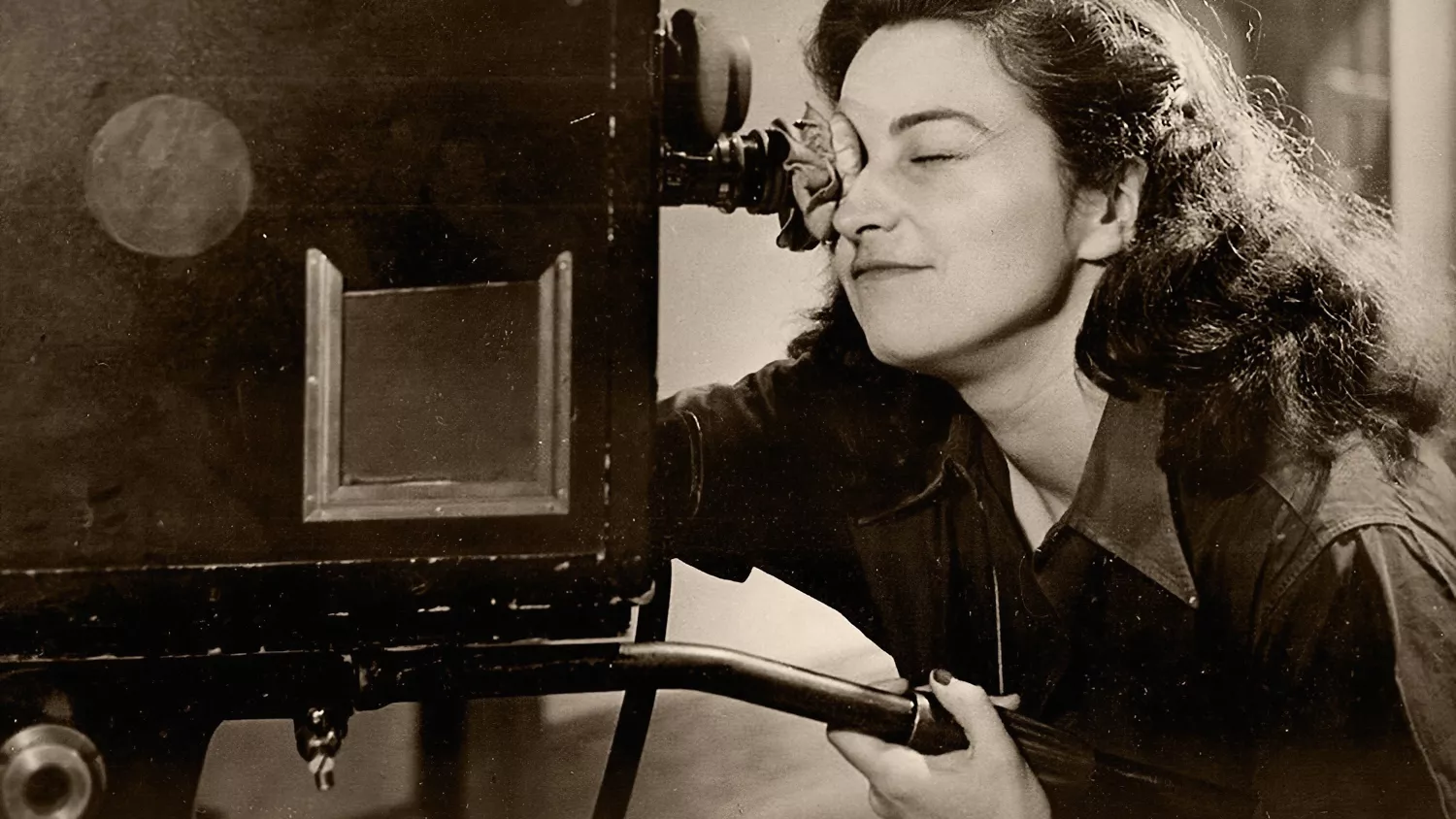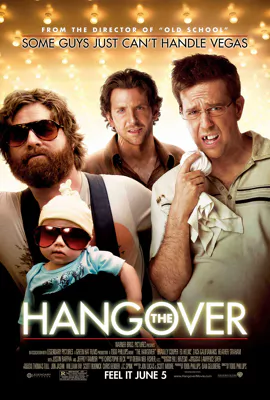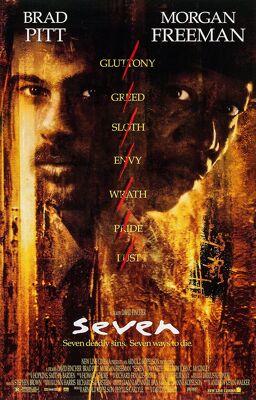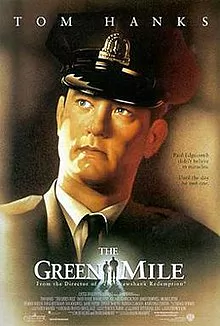Cinema: a patriarchal industry?
By Marjorie CAYATTE, Maxime LERICHE, Madeleine ROBERT, and Arthur TABARY

The cinema industry has a long and complex history when it comes to the representation and portrayal of women on screen. From the earliest days of film, women have often been relegated to supporting roles or objectified as props for male characters. Despite some notable exceptions, the industry has historically been dominated by men, both behind and in front of the camera.
In this article, we will explore the place of women in the cinema industry through the lens of data from the CMU Movie Summary Corpus, and additional data from the IMDB API.
In this article, we will explore the place of women in the cinema industry through the lens of data from the CMU Movie Summary Corpus, and additional data from the IMDB API.
A preview of what to expect
Dive into an un-fairy fictionQuick glance at the dataset
Few numbers to introduce our dataset.Not so many women
We will explore the situation of women in the movie industry since the beginning of the 20th century. Is their an evolution across countries or movie genre?The Archetypical Role
Men and women might be portrayed differently on the movies. Is there an objectification of women? What about men?Famous as a woman?
How men compare to women in terms of careers in the cinema industry?The end of a crazy
adventure
A summary of the findings and the main takeawayQuick glance at the dataset
Number of movies80KIt's the number of movies coming from the CMU Corpus without any preprocessing.
Number of votes IMDB633MThis is the sum of the votes of IMDB users on the 45k movies of our dataset that could be matched with the IMDB dataset.
Temporal range128yThe films in our dataset were released between 1888 and 2016. Note that the distribution is highly uneven, most of the movies are older than 2000.
Actresses Ratio33%It is the ratio of actresses to the total number of actors in our dataset whose gender is specified.
Not so many women?
Unfortunately, the bar plot indicates that there is still a gender imbalance in the cinema industry even when looking across all continents.
The overall ratio is 33% in the dataset, and it is the same here: women are significantly underrepresented compared to men, the ratio ranges from 30% to 35% across all continents.
It appears that the predominance of men in the movies is a constant independently of the region studied. Has it always been the case?The overall ratio is 33% in the dataset, and it is the same here: women are significantly underrepresented compared to men, the ratio ranges from 30% to 35% across all continents.
It appears clearly that there are still more men than women despite looking precisely at the repartition each year. The distribution is similar between Europe, America, and Asia, there is a gender gap, and for Oceania and Africa, in spite of having less data points, the same conclusion can be drawn.
The data before the 20th century seems sparser, yet still implies the same conclusion, and past 1900 the distinction is clear, men represent about 60% of the population of actors across all regions.
A gender analysis of movie genres
Let's study now the ratio of women according to the genres! These posters are 5 of the most famous films of their genre category.




ACTIONCOMEDYTHRILLERROMANCEDRAMA
As you can see, only the romance movie features an actress on its poster. It sounds a bit cliché... But is it reflected in the dataset?Romance movies star more women (40%) than action movies (22%). However this is not surprising, in general action movies are associated to a story around fighting, which naturally means a more masculine public, and therefore casting. And the other way around is true for romance, appealing to a more feminine audience.
Our first concern remains since even the genre the most propitious to starring women only has a 40% ratio of women to men. And why would the ratio be any different than 50% in comedies or drama? One could argue dramas might even feature more women.
Since the dataset contains a vast majority of movies from the US, there could be a cultural bias: Hollywood is known for its male-dominated industry, and this could be reflected in the data.
The archetypical role
Let's create a report card of the typical male and female character archetypes, including few features such as their ages or heights, and which adjectives are used to qualify them.
 The dataset used to gather the adjectives was created by the paper Learning Latent Personas of Film Characters given in the CMU dataset. It classifies 501 characters into 72 character types, which is way smaller than the other dataset used, therefore the result has to be taken with a pinch of salt.
The dataset used to gather the adjectives was created by the paper Learning Latent Personas of Film Characters given in the CMU dataset. It classifies 501 characters into 72 character types, which is way smaller than the other dataset used, therefore the result has to be taken with a pinch of salt.As we can see, women are mostly described by their physical traits (blonde, beauty) however the intellectual features are not glorifying (dumb, brainless).
On the contrary, the typical male character is depicted as the hero (hero, hunter, father etc.) with more interesting and complex features (jealous, corporate, crazy, corrupt).
This comparison highlights a clear materialization of women in the cinema, which is not the case for men who have roles with more depth. In addition women tend to be younger, perhaps to star better-looking actresses.
Knowing women are attributed a more simplistic role than man, does it necessarily mean that they are secondary actresses?
We analyzed the plot summary data in the dataset and searched for character names to determine how likely an actress is to be a main character, and same for actors.
As we can see actors/actresses in the dataset roughly have a 40% proportion of leading roles characters, with a slight advantage on the women side.
At first glance this is a good news for women, they have better odds to obtain a leading role, so the industry gives them advantages.
In addition, the confidence intervals do not overlap: there is a clear difference, even if it is small one.
Now the leading role is a very small part of a movie, and one can wonder the proportion of women in the secondary roles, which might picture a different state of the industry.
Last but not least, in proportion there are less women, this is a fact, therefore the competition to get access to the leading role is toughest.
Famous as a woman?
Movie popularity and quality
A natural metrics to assess the success of a movie is its rating by the public on IMDb. Let's check if the average movie rating of a given actor differs on its gender.
As we can see, both genders obtain an average movie rating of 6.1, and the distributions are about the same. Thus the quality of the filmography is independent of the gender, but another interesting point of view is the movie popularity.
To check this, we analyse the women ratio in regards to the number of votes.
The general trend is that the higher the number of votes, the smaller the female ratio is.
In addition, there is no movie with more than one million votes and with a ratio higher than 50% despite the fact some movies are rated more than two million times.
A possible explanation could be that highly popular movies are action movies, which as we saw have the smallest female ratio.
Women seem not to be a factor for a movie popularity, does it mean they cannot build a proper career?
In addition, there is no movie with more than one million votes and with a ratio higher than 50% despite the fact some movies are rated more than two million times.
A possible explanation could be that highly popular movies are action movies, which as we saw have the smallest female ratio.
Women seem not to be a factor for a movie popularity, does it mean they cannot build a proper career?
Career
The number of roles an actor has had is often used to evaluate the quality of their career. While other factors, such as the strength of their performances and the quality of the films they have appeared in, are also important, the quantity of film roles can give us a general sense of an actor's career.
The data shows that some actors and actresses have had careers with a large number of film roles, with some actors appearing in up to 200 films and some actresses appearing in up to 100 films over the course of their careers. However, it's important to note that these extremes are not representative of the entire population of actors and actresses.
On average, male actors have appeared in 65 films over the course of their careers, while female actresses have appeared in an average of 40 films. This difference highlights a trend in which the average career length for female actresses is somewhat shorter than that of male actors.
On average, male actors have appeared in 65 films over the course of their careers, while female actresses have appeared in an average of 40 films. This difference highlights a trend in which the average career length for female actresses is somewhat shorter than that of male actors.
THE END OF A CRAZY ADVENTURE
Time to come back to our initial question: is the cinema a patriarchal industry? Our results highlight different phenomena:Not so many women
The industry portray less women than men regardless of the country, the movie genre, and the time period.Simpler leading role
Women have less glorifying role, but they tend to be the headliner more often.Woman not so
famous
Women build smaller careers, and appear in less popular movies.
